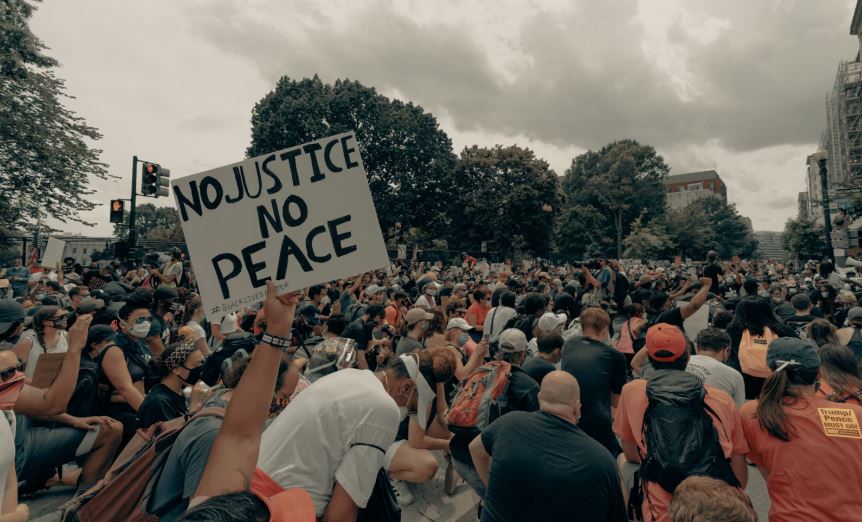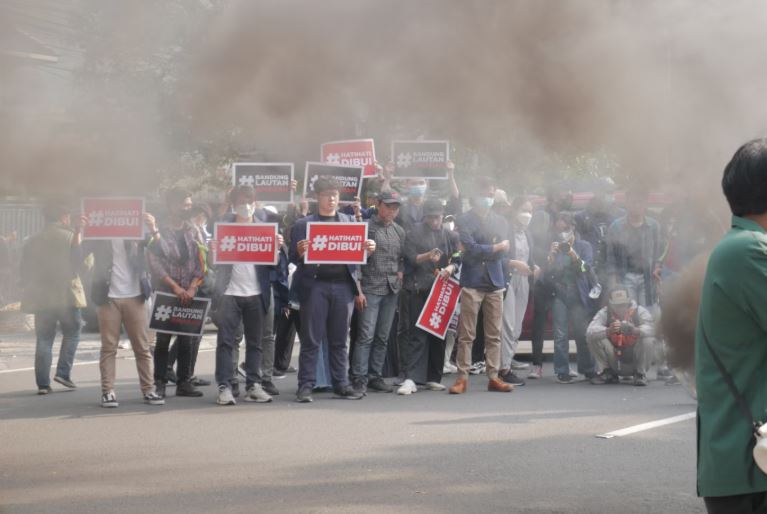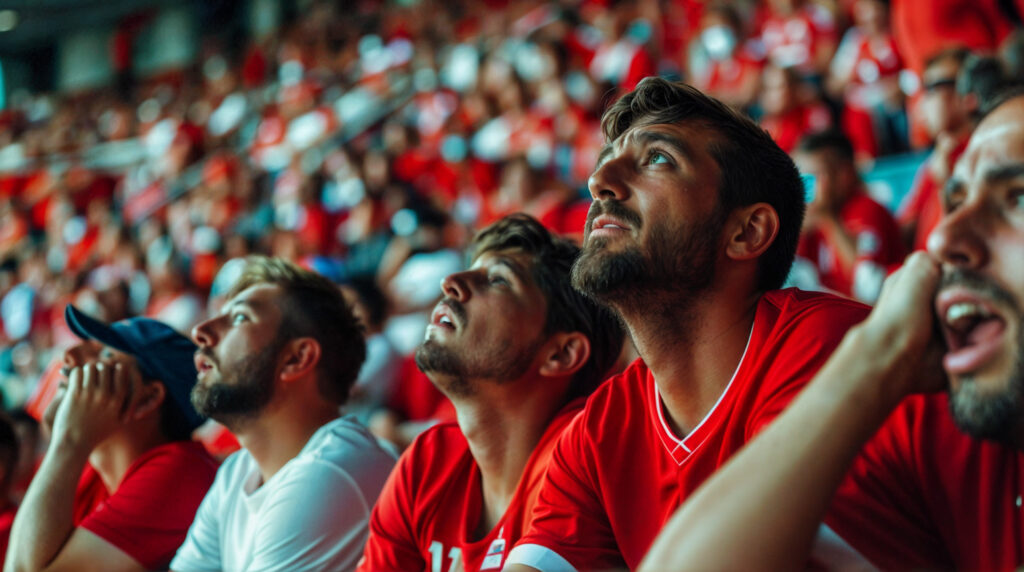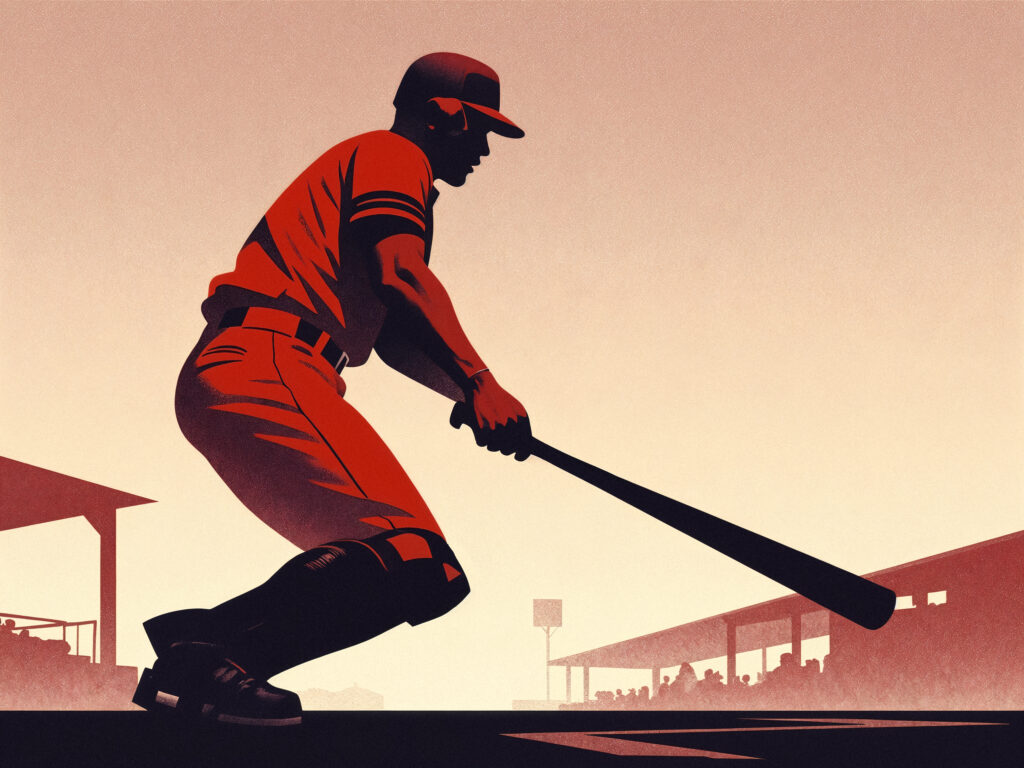
The Powder Keg Ignites: An Everton Crisis Unfolds
Goodison Park, the Grand Old Lady, has witnessed over a century of footballing drama. Yet, nothing compares to the toxic civil war now engulfing Everton Football Club. What began as murmurs of discontent has exploded into open conflict between a furious fanbase and a seemingly inept boardroom. This isn’t just a bad run of form; this is a full-blown Everton crisis, a perfect storm of fan protests, catastrophic boardroom missteps, and the terrifying spectre of relegation pushing one of England’s most storied clubs to the absolute brink.
The air crackles with tension on matchdays. Chants demanding board resignations drown out traditional support. Placards declaring “Sack the Board” and “Moshiri Out” are ubiquitous. Police lines feel permanent. This is the visceral reality of the Goodison Park protests, a symptom of a deep, festering wound that threatens the club’s very existence. How did it come to this? The answer lies in a decade of decay, poor decisions, and a fundamental breakdown in trust.
Anatomy of the Everton Crisis – A Slow-Motion Car Crash
The current Everton crisis wasn’t born overnight. It’s the culmination of years of mismanagement, failed promises, and a disconnect between the club’s hierarchy and its lifeblood – the supporters.
-
The Moshiri Era: Promise vs. Reality: Farhad Moshiri’s arrival in 2016 sparked genuine hope. Significant investment flowed, but it was often squandered on expensive, ill-fitting players (think Davy Klaassen, Cenk Tosun, Jean-Philippe Gbamin) and a revolving door of managers (Koeman, Allardyce, Silva, Benitez, Lampard). Billions spent yielded no tangible progress, only a bloated wage bill and a squad lacking identity.
-
The Bramley-Moore Dock Debacle: While a new stadium is essential, its financing became an albatross. Spiralling costs, funding uncertainty, and the sheer distraction it provided from the immediate Everton crisis on the pitch intensified fan anxieties. Was the future home being built at the expense of the club’s present survival?
-
Chronic Lack of Footballing Strategy: There was no coherent plan. Managerial appointments contradicted each other stylistically. Director of Football roles were created and dismantled. Transfer windows resembled panic buying rather than strategic squad building. This chronic instability is a core pillar of the Everton crisis.
Fan Fury Ignites: The Rise of the Goodison Park Protests
As results deteriorated and the board’s competence was repeatedly questioned, supporter frustration morphed into organized action. The Goodison Park protests became impossible to ignore, a defining feature of the club’s matchday experience and a global news story.
-
Allardyce, Benitez, and the Breaking Point: Fan discontent simmered under Sam Allardyce’s pragmatic (and unpopular) tenure, but the appointment of former Liverpool manager Rafael Benitez in 2021 was a catastrophic misjudgment. It wasn’t just his Anfield past; it was the perceived arrogance of ignoring fan sentiment entirely. Protests intensified immediately.
-
The 27th Minute Walkouts: Symbolizing 27 years without a trophy, coordinated walkouts became a powerful visual statement of disillusionment. Empty seats spoke louder than any chant.
-
“Sack the Board” & “Moshiri Out”: These chants became anthems. Sit-ins after games, marches to Goodison, and banners targeting Chairman Bill Kenwright and CEO Denise Barrett-Baxendale became routine. The Goodison Park protests were no longer fringe; they represented the overwhelming majority.
-
Targeting Directors: The situation escalated to the point where directors were advised not to attend matches for their own safety, a shocking indictment of the toxic atmosphere created by the Everton crisis. Security became a major cost and operational headache.

Boardroom Blunders: Fuel on the Fire of the Everton Crisis
If fan anger provided the spark, the boardroom provided the relentless stream of fuel through a series of astonishing Everton board mistakes. Their actions (and inactions) didn’t just fail to resolve the Everton crisis; they actively worsened it.
-
The Communication Blackout: A defining failure. The board retreated into silence, offering only infrequent, often tone-deaf statements. This vacuum was filled with fan speculation, anger, and mistrust. Refusing to engage directly with supporter groups like the Everton Fan Advisory Board (FAB) was a critical error.
-
The Benitez Appointment: As mentioned, this wasn’t just a footballing gamble; it was a fundamental misunderstanding of the club’s culture and fanbase psyche. It signaled a complete disregard for fan sentiment, validating the core grievance of the Goodison Park protests.
-
Financial Mismanagement & The PSR Breach: Years of reckless spending finally caught up. The Premier League’s Profitability and Sustainability Rules (PSR) charge, resulting in a devastating 10-point deduction (later reduced to 6 on appeal) and a second pending charge, was the ultimate symbol of boardroom failure. It wasn’t just a points penalty; it was a public humiliation and a direct threat to Premier League survival. This single act of mismanagement pushed the club closer to the brink than any on-field result.
-
Failure to Secure Stable Investment/Leadership: Despite years of searching and numerous false dawns (MSP Sports Capital, 777 Partners’ protracted and troubled takeover attempt), the board failed to secure the stable, credible ownership or investment needed to navigate the Everton crisis. The prolonged 777 saga, with its serious financial and legal questions, created paralyzing uncertainty.
-
Handling of the Protests: The board’s response to the Goodison Park protests was often defensive or dismissive, further alienating fans. Security measures sometimes felt antagonistic, deepening the “us vs. them” mentality.
The Brink: Relegation Realities in the Midst of Crisis
The most terrifying consequence of the Everton crisis is no longer abstract: it’s the very real threat of relegation. The PSR deduction turned a tough season into a desperate scrap for survival.
-
Points Penalty Fallout: The initial 10-point deduction was a seismic shock. While reduced to 6, it psychologically damaged the team and left them perpetually in the drop zone. The second pending charge hangs like the sword of Damocles.
-
Financial Armageddon: Relegation would be catastrophic. Beyond the immediate ~£100m+ loss in Premier League revenue, parachute payments wouldn’t cover the club’s enormous wage bill and stadium commitments. A fire sale of players would be inevitable, potentially setting the club back years, maybe decades. Bramley-Moore Dock’s future would be plunged into doubt.
-
Existential Threat: For a club of Everton’s stature, with its history and fanbase, relegation amidst this turmoil feels existential. The Everton crisis isn’t just about bad results; it’s about the potential unravelling of the club’s very fabric.
Broken Bonds: Can Trust Be Rebuilt?
The relationship between the Everton board and its supporters is shattered. Years of Everton board mistakes, perceived arrogance, and a failure to deliver have created a chasm. The Goodison Park protests are the manifestation of this broken trust.
-
Fan Advisory Board (FAB): The FAB, a Premier League mandated group, was meant to bridge the gap. However, many fans feel it lacks real power and that the board pays lip service to fan engagement without enacting meaningful change. Minutes often reveal frustration and a lack of substantive answers.
-
The Need for Clean Slate: Most fans believe resolution is impossible with the current board in place. Calls for Chairman Bill Kenwright (until his sad passing in late 2023) and CEO Denise Barrett-Baxendale to depart were deafening. Their continued presence, even in diminished roles during the 777 limbo, remains a major sticking point. True healing likely requires a completely new, competent, and communicative leadership structure.
-
The Owner’s Role: Farhad Moshiri’s absentee ownership and poor decision-making are seen as the root cause. His eventual exit, via a fit and proper takeover, is viewed by most as essential for the club’s future.

The Long Shadow: Fallout of the Civil War
The Everton crisis has consequences far beyond the league table:
-
Player Morale & Recruitment: Playing in a toxic atmosphere, under constant threat of relegation, is incredibly challenging. Recruiting quality players becomes immensely difficult. Who wants to join a club in civil war?
-
Managerial Instability: Sean Dyche has performed admirably under near-impossible circumstances, but the constant pressure and off-field chaos take their toll. Stability is non-existent.
-
Commercial Damage: Sponsors are wary of associating with a club engulfed in negativity, protests, and potential relegation. Commercial revenue streams are threatened.
-
Legacy and Reputation: Everton’s proud history is being overshadowed by tales of boardroom chaos and fan unrest. The “People’s Club” moniker feels tragically ironic.
Navigating Out of the Everton Crisis: Is Survival Enough?
Miraculously, Sean Dyche and the players have repeatedly pulled off great escapes. Avoiding relegation, especially with points deductions, is a monumental achievement. But survival alone is not a resolution to the deep-seated Everton crisis.
-
The Takeover Imperative: The club desperately needs new, credible, well-funded ownership. The 777 Partners saga must reach a definitive conclusion, hopefully paving the way for owners who can stabilize finances, complete the stadium, and implement a coherent football strategy.
-
Root-and-Branch Reform: The entire governance structure needs overhauling. Expertise in football operations, finance, and communication is non-negotiable. The culture of failure and disconnect must be eradicated.
-
Healing the Fracture: Rebuilding trust with the fanbase is a long-term project. It requires genuine engagement, transparency, accountability for past Everton board mistakes, and demonstrable competence moving forward. The scars of the Goodison Park protests run deep.
-
The New Stadium: Bramley-Moore Dock must become a symbol of a bright future, not a millstone dragging the club under. Its successful financing and opening are crucial, but only as part of a sustainable overall plan.
Conclusion: On the Precipice
Everton Football Club stands on a precipice. The “Goodison Park Civil War” is more than a catchy headline; it’s the painful reality of a club torn apart. Fan protests, born of profound frustration and fear, have become a defining feature. Boardroom blunders, spanning years and encompassing financial recklessness, poor appointments, and a catastrophic failure of communication, have driven the club to the brink of sporting and financial catastrophe.
The Everton crisis is a stark warning of what happens when ambition isn’t matched by competence, when investment isn’t guided by strategy, and when a board forgets it is merely the custodian of a community institution. Survival in the Premier League this season is paramount, but it is merely the first step on a long, arduous road to recovery. The civil war may eventually subside, but the scars will remain until genuine change, accountability, and a restoration of trust transform Bramley-Moore Dock from a desperate hope into the foundation of a stable, proud, and unified Everton future. The brink is a terrifying place; stepping back requires more than just points on the pitch – it demands a revolution off it.



